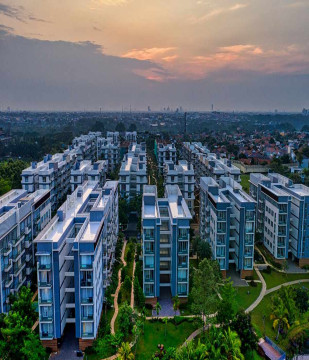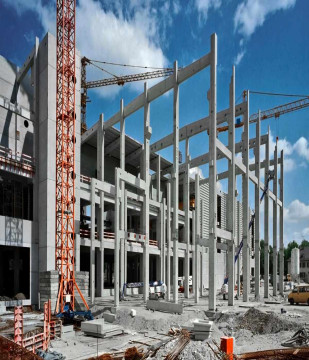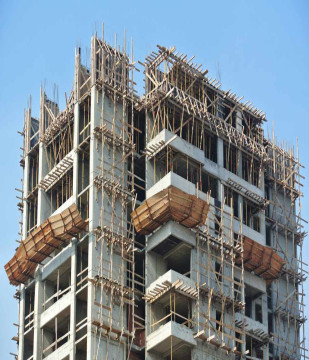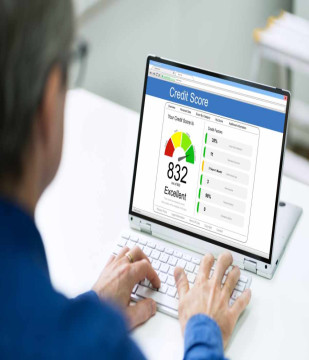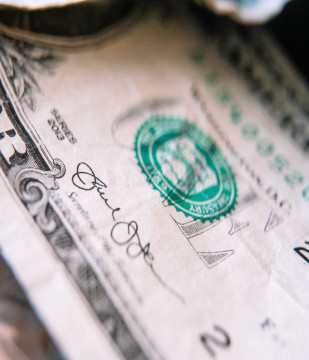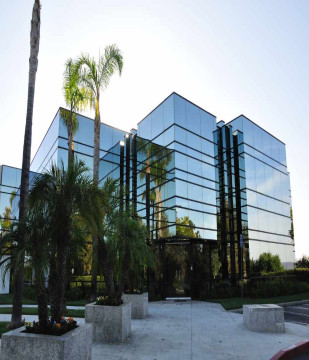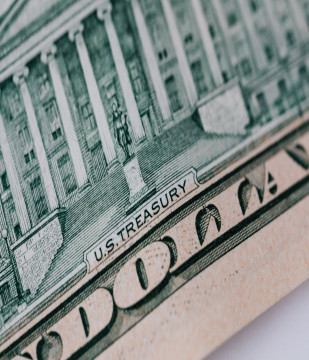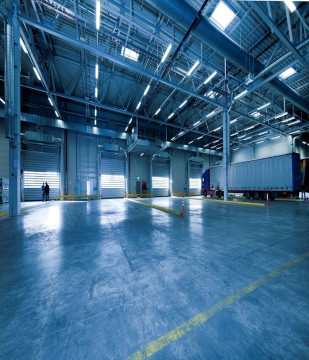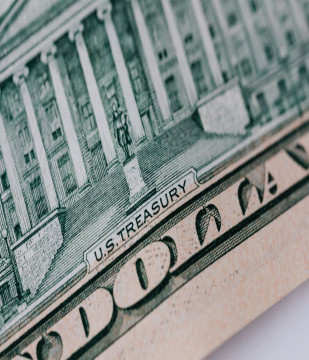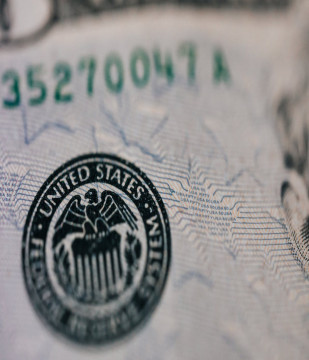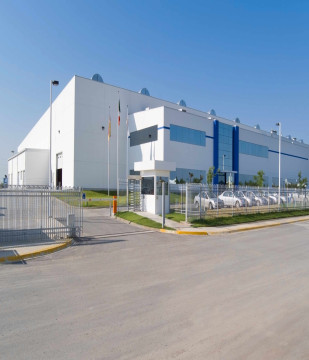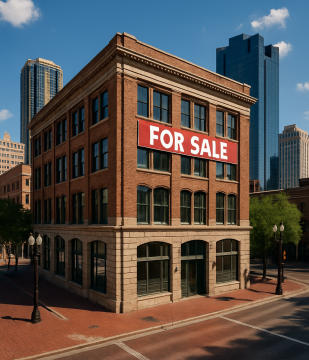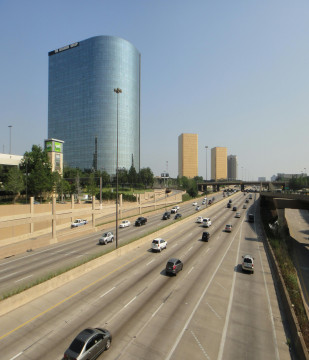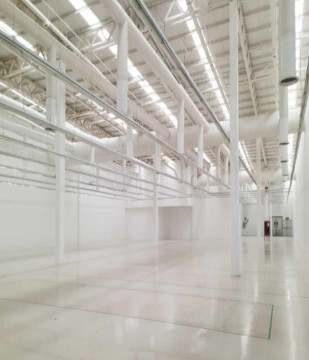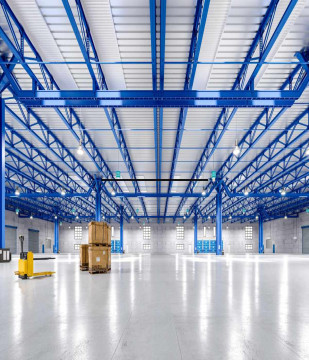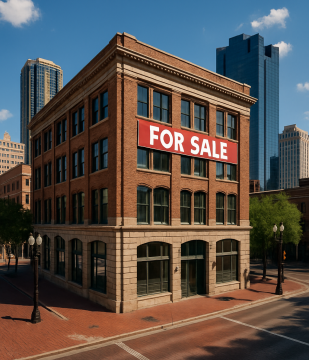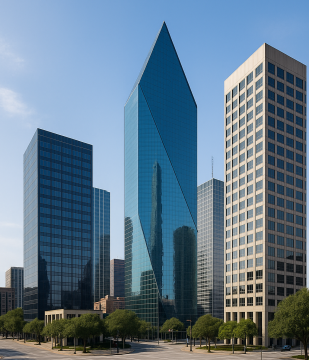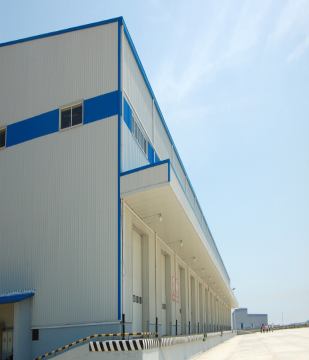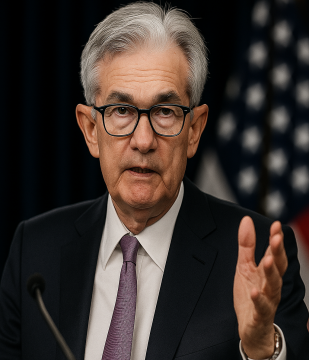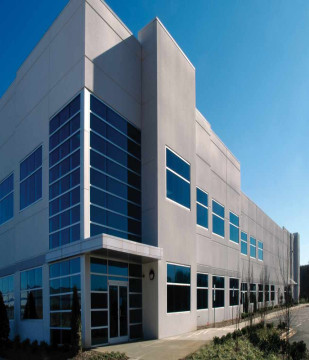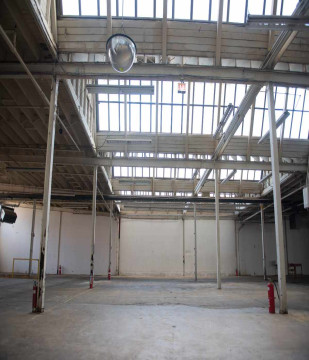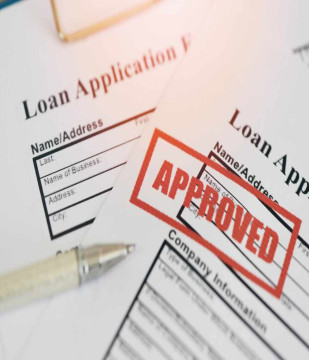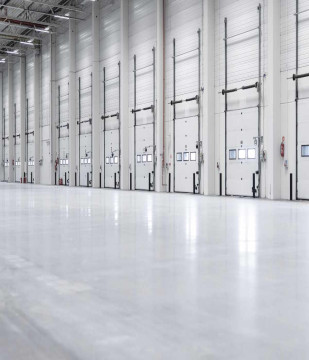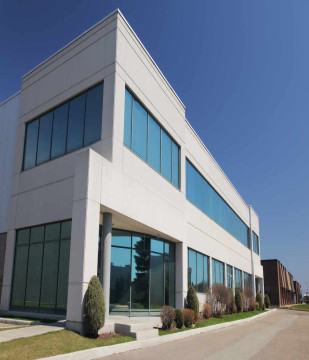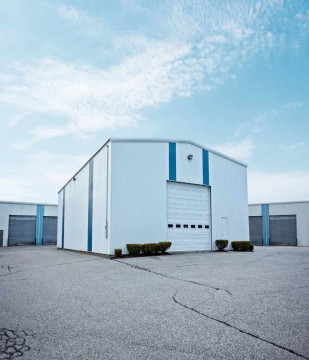Put a Cap On It: Understanding Cap Rates in Commercial Real Estate Investing

Terrydale Capital
Jun 16, 2023 9 Min read
Commercial real estate investing can be a lucrative way to build wealth, but it can also be a complex and risky endeavor. One of the key financial metrics that investors can use to evaluate the potential profitability of a commercial property is the cap rate, or capitalization rate. In this blog, we will take a closer look at what cap rates are, how they are calculated and what they mean for you as you invest in commercial real estate.
What are Cap Rates?
In simple terms, the cap rate is the rate of return that an investor can expect to earn on a commercial property based on its net operating income (NOI) and its market value. The cap rate is expressed as a percentage and is calculated by dividing the property’s NOI by its market value.
Cap rates are an important tool for commercial real estate investors because they allow them to compare the relative profitability of different properties. For example, if two properties have a similar NOI but one has a higher market value, the property with the lower cap rate may be the more profitable investment because it offers a higher rate of return.
Cap rates have also been a good metric of determining the resiliency of certain asset classes in times of economic downturn. If cap rates for a specific asset remain relatively consistent, especially in tougher economic markets, it can be a good indicator that the property type is resilient. Properties that have demonstrated this resiliency have been select multifamily assets, senior living, industrial and self-storage.
How are Cap Rates Calculated?
To calculate the cap rate of a commercial property, you first must determine its net operating income (NOI). NOI is the income that a property generates from rent minus any expenses such as property taxes, insurance, maintenance and management fees. For example, if a commercial property generates $200,000 in annual rent and has $50,000 in operating expenses, its NOI would be $150,000 ($200,000 - $50,000).
Once you have the property’s NOI, you can calculate its cap rate by dividing the NOI by its market value. Market value can be determined by several methods, including an appraisal, a comparative market analysis or a sales comparison approach. For instance, if a commercial property has an NOI of $150,000 and a market value of $2 million, its cap rate would be 7.5% (($150,000 / $2,000,000) x 100)).
What do Cap Rates Mean for Investors?
Cap rates are a crucial factor in commercial real estate investing because they provide a quick and easy way to evaluate the potential profitability of a property. A property with a higher cap rate can be seen as more attractive as it boasts a higher risk but higher potential for return. A lower cap rate inversely means a potential lower rate of return.
However, it is important to note that cap rates are not the only factor that investors should consider when evaluating a commercial property. Other factors, such as location, condition and tenant quality, can also have a significant impact on a property’s value and potential profitability. For example, a property with prime location with higher quality tenants may have a lower cap rate than a similar property in a less desirable area. But the prime property may have greater long-term appreciation potential and less risk of vacancy or rent loss.
Additionally, cap rates can vary significantly depending on the type of property and the prevailing market conditions. Cap rates may be lower during periods of economic growth and demand for commercial property being high. However, cap rates can also be influenced by external factors such as interest rates. When interest rates are low, cap rates can trend lower as well as investors are willing to accept lower rates of return in exchange for the security and stability of certain investment properties. Conversely, as interest rates rise, cap rates trend upwards as investors now demand higher returns to compensate for increased risk and opportunity cost of investing.
Ultimately, it is important to note that cap rates are not a static or fixed metric. They can change over time as market conditions, property performance and investor preferences evolve. Therefore, it is essential for commercial real estate investors to regularly monitor and adjust their cap rate assumptions based on current market trends and property-specific factors.
In Conclusion
Cap rates are a crucial financial metric in commercial real estate investing that allow investors to evaluate the potential profitability of a commercial property. However, cap rates are not the only factor that investors should consider when evaluating a property, and they can be influenced by a variety of external factors. Therefore, it is essential for commercial real estate investors to conduct thorough due diligence before making any investment decisions.
When you need a team behind you to help you navigate the market and guide you towards success in commercial real estate investing, look no further than Terrydale Capital. We keep our thumb directly on the market at all times in order to ensure the most up-to-date expertise and help to connect you with the right lender offering the most competitive terms.
Want to be able to stay on top of the market in real-time? Check out Terrydale Live.
Partner With Terrydale Capital for Your Debt Financing Needs
When it comes to debt financing, understanding the right timing, process, and options is crucial. At Terrydale Capital, we provide a comprehensive range of commercial loan solutions tailored to meet your business's unique needs.
